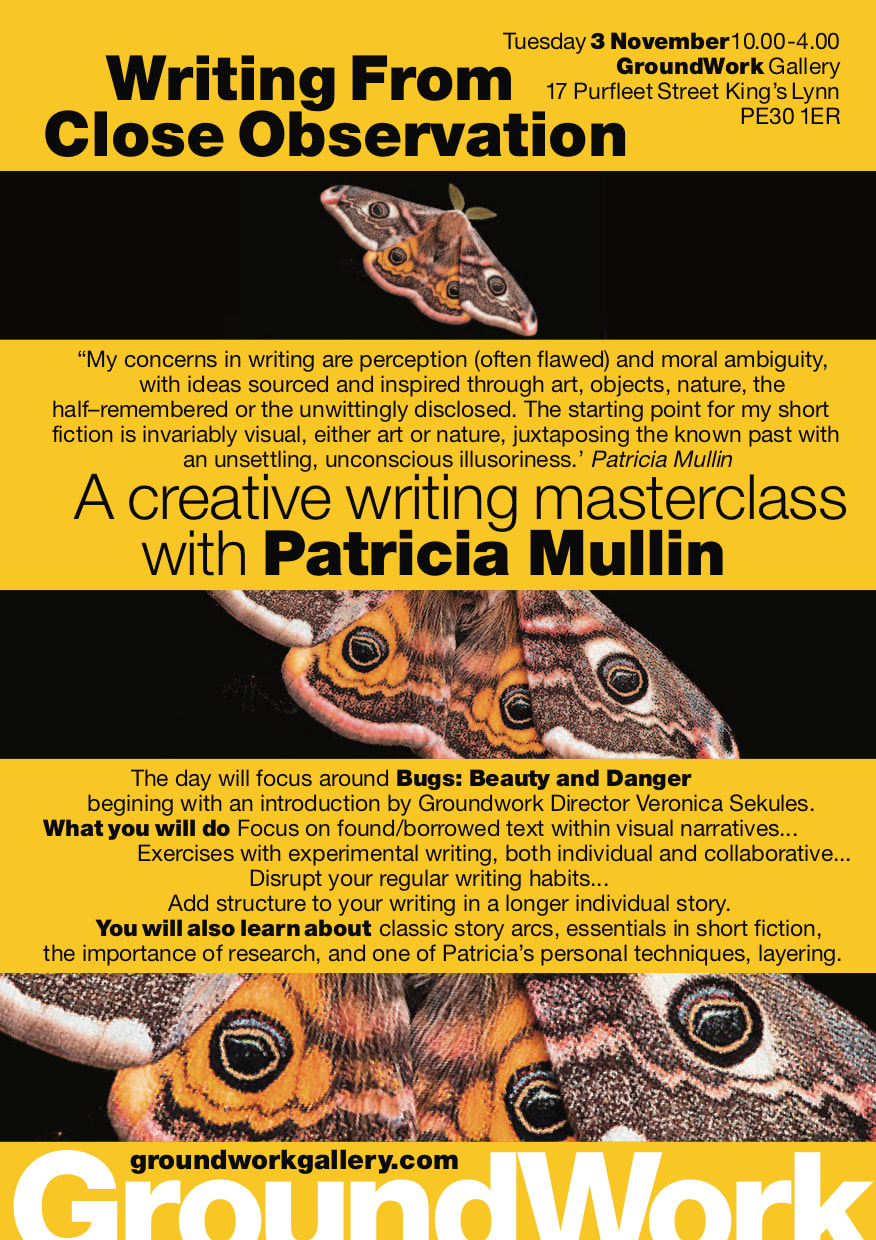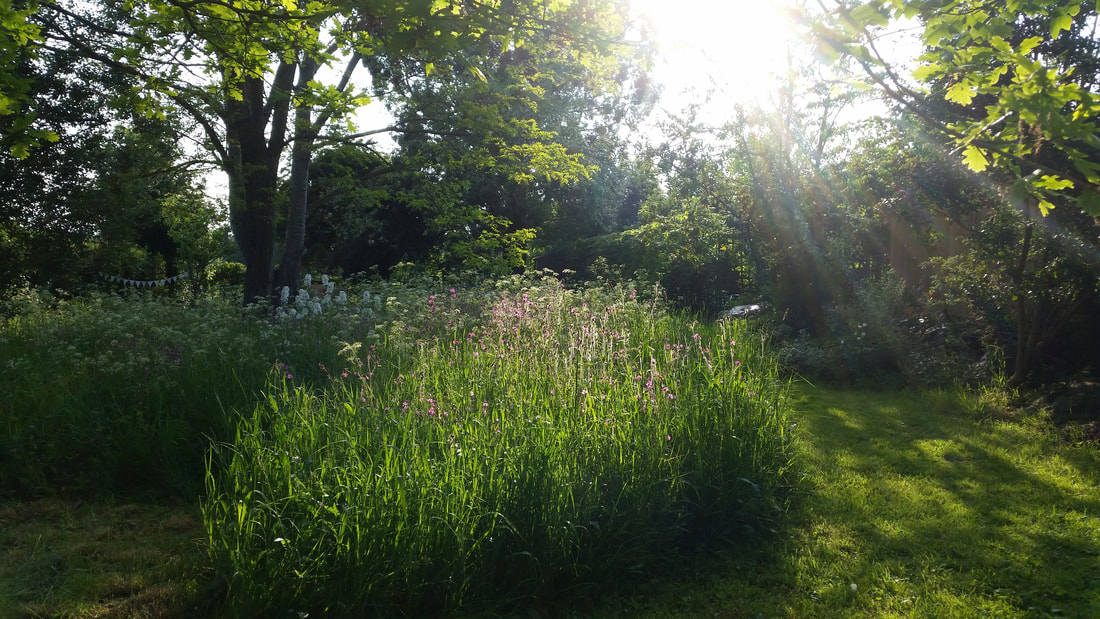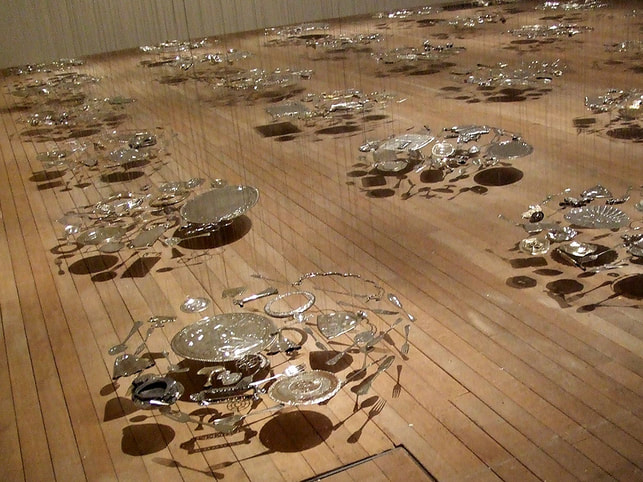For me the lockdowns have been really busy, teaching on Zoom, mentoring and planning a way out of this mess. I lost all my data in a computer incident which left me truamatised. I have taken the opportunity to re-organize my computer files and I am trying to get on top of the endless paperwork that somehow infiltrates several rooms in the cottage. Part of the trouble is because I cut out numerous, reviews and snippets from newspapers, magazines and journals, along with items I think would/should interest my children and there are ideas written down in whatever notepad, envelope or folder that comes to hand. Then there is other peoples stuff. Grown up offspring living in tiny flats or rooms don't have room for their stuff. More sadly, there are the deceased whose own collections of files and papers now fill my study.
I am also filling in countless literature based applications to progress my career in one way or another and they hungrily eat my time, each one requires the same information but in a wildly differing format, so they are really tricky. I am though walking more frequently, because it's pretty much all we're allowed to do and walking is great for writers, ideas come when you walk. I've already thought about re-writing a short story that could be longer or a novella. I have a few more admin tasks to complete and then it's down to writing again, the thing I love the most and which helps me forget about glum, grey February. I am also eagerly looking forward to the time when we are allowed out to play again! The meadow will come into its own for big social picnics and pot luck suppers with bunting and lanterns.
I have a reading recommendation. As you know I love short fiction, which is perfect for a time when a lot of you are struggling with concentration and memory issues. Short stories are the perfect read for these odd Covid times. I have just read 'Dinosaurs on Other Planets' by Danielle McLaughlin, published by John Murray. I often purchase short fiction I see well reviewed and this collection has rightly garnered much praise. If you want to revel in beautifully constructed sentences and a bit of lock-down vocabulary stretching this collection is for you. Below are a couple of examples.
'Maddened, the blue bottles looped like spitfires.'
'...the ditch that separated their property from the farm next door brittle-grassed and silver.'

- A snowy view over the fields.




 RSS Feed
RSS Feed